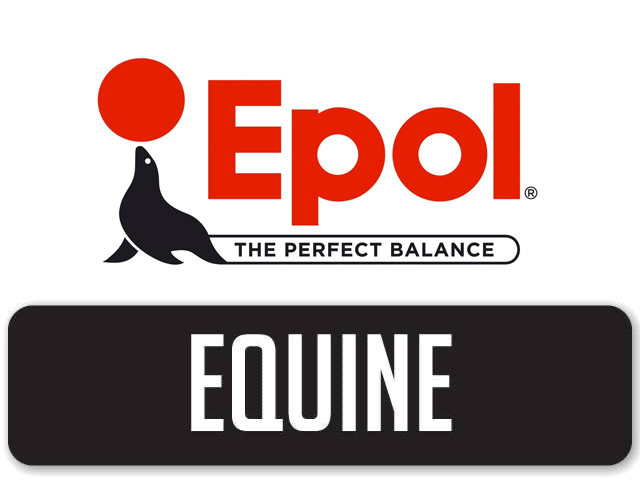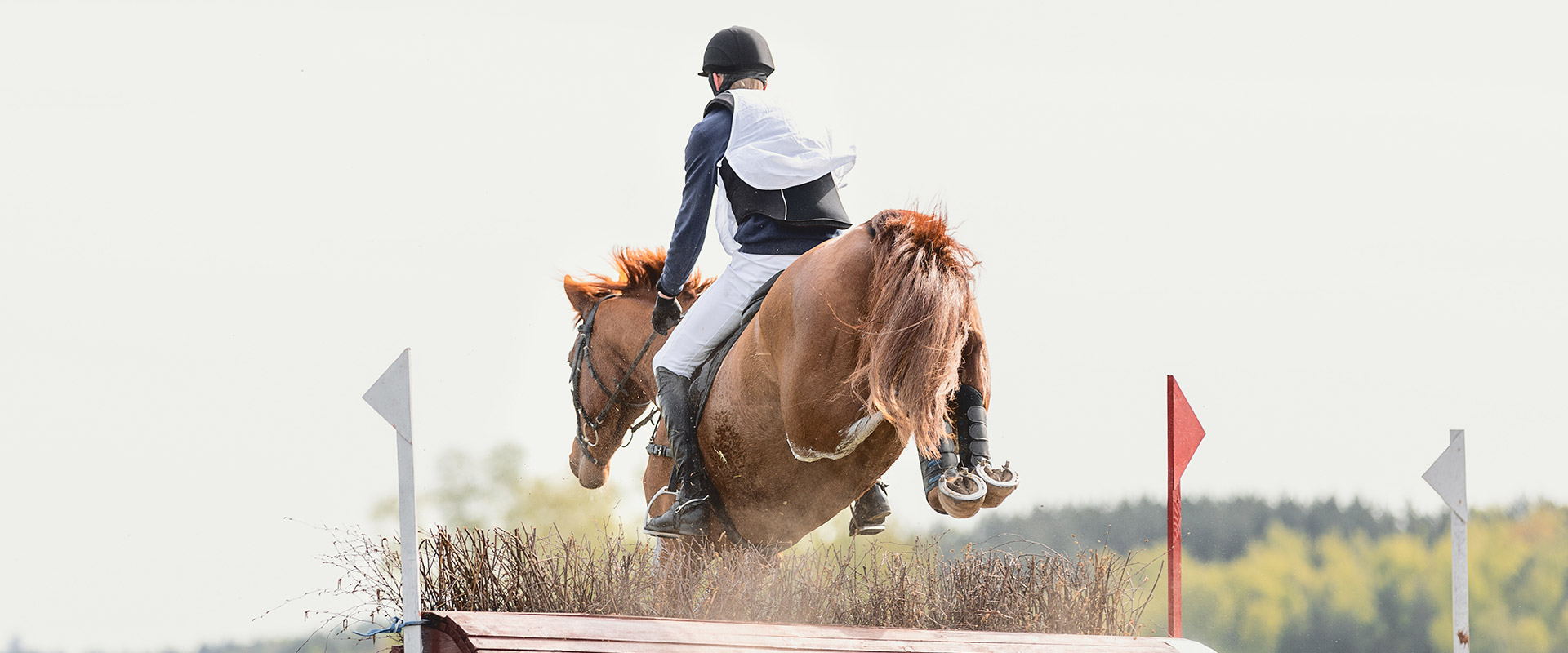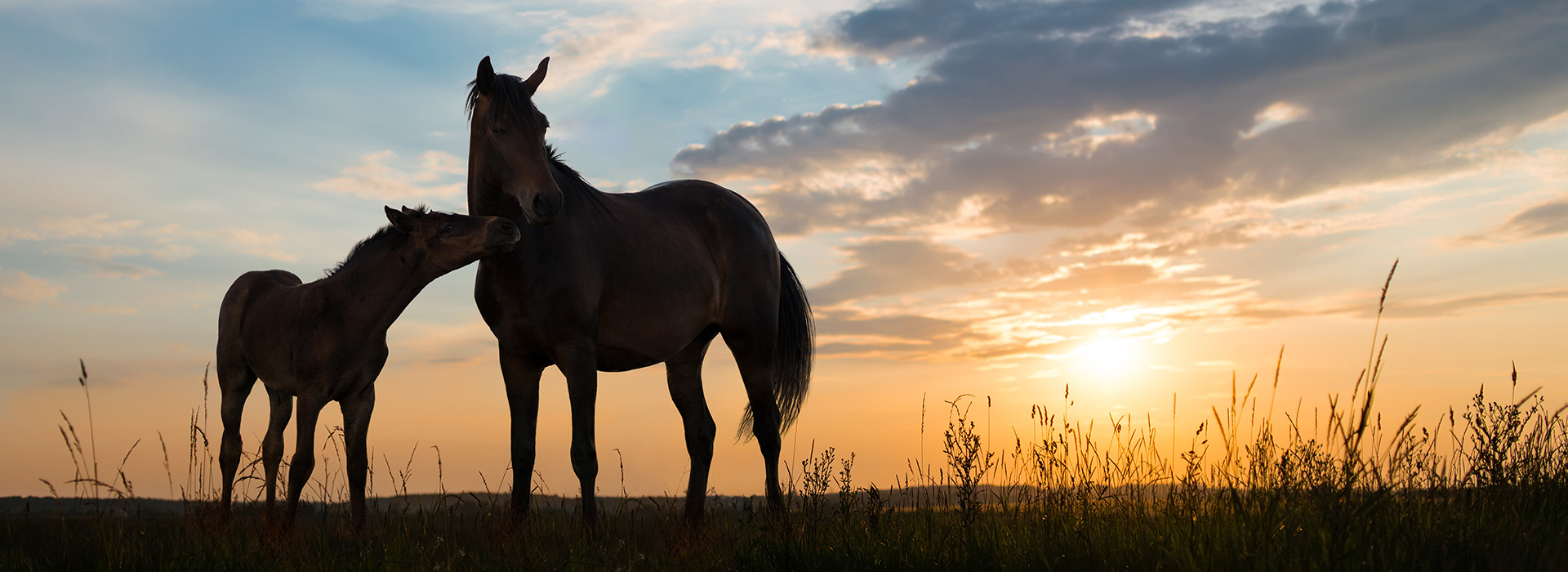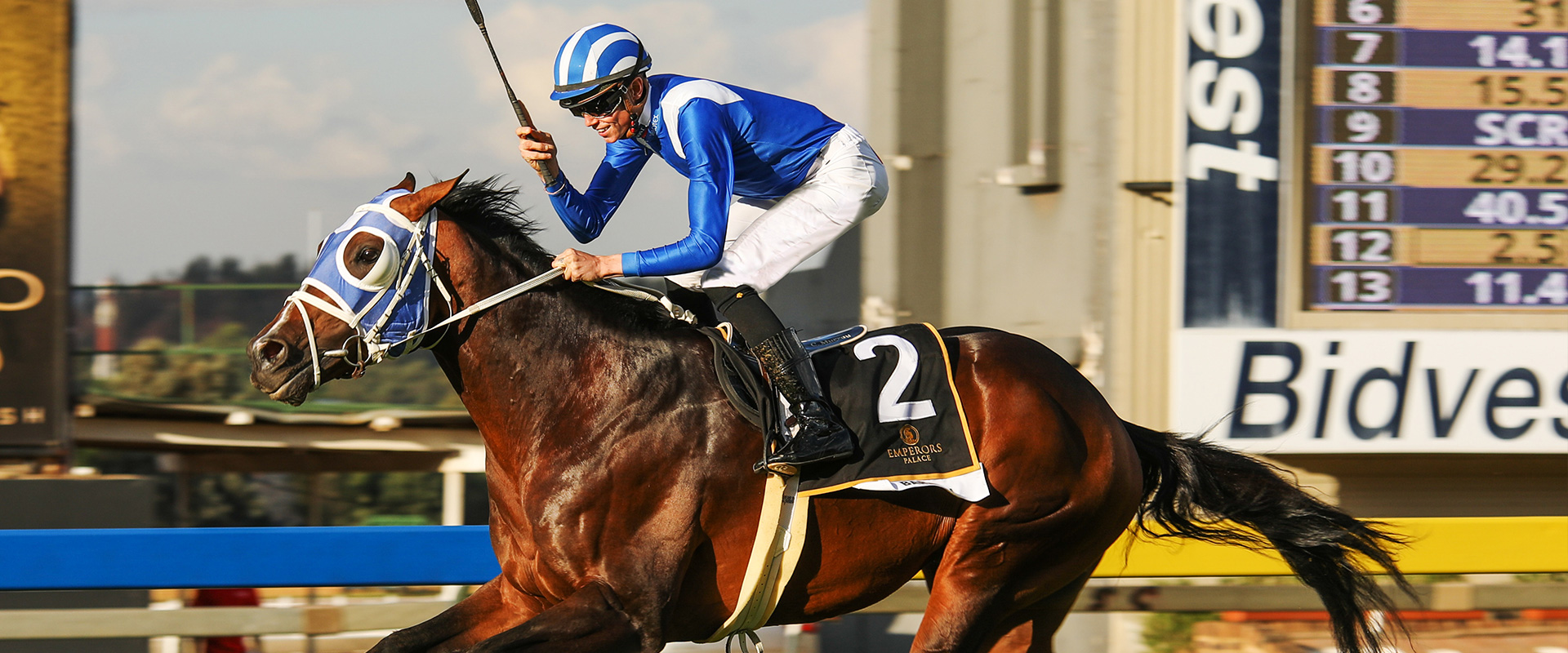All horse owners dread a veterinary diagnosis that requires a horse to be placed on box rest.
Confinement of any horse for long periods poses many obstacles, especially where their diet is concerned. The equine diet plays an important role in a horse’s behaviour and overall gastrointestinal health. Not implementing a proper feeding program for a horse on box rest can be worse than the injury itself. Whether the horse is a hard working racehorse or a weekend pleasure horse, box rest means a serious reduction in his usual amount of activity— voluntary and otherwise.
Depending on his level of work prior to the injury, his total calorie intake will need to be reduced to account for the decrease in activity. There are two main calorie sources in a horse’s diet: carbohydrates and fats. Carbohydrates are further divided into two types: Structural and Nonstructural. Horses receive structural carbs from the fibre found in hay and pasture. The Non-structural carbs come mainly from cereal grains, and include sugar and starch. Fats, such as vegetable oils, contain approximately 2.5 times the calories of carbohydrates and are made up of long chains of fatty acids. The question is, thus, what calories should be cut from the diet first during box rest?
1. Keep the fibre : Fibre provides the horse with more than just calories. Studies have shown that when horses are fed less than 1% of their body weight per day in fibre, they are more prone to develop unwanted behavioural vices. Fibre, particularly in the form of long-stemmed hay, reduces boredom and stress and slows intake time. Thus, ensure the horse is consuming, at the very minimum, 1% of his body weight in fibre per day. Providing adequate fibre will also help to maintain digestive wellbeing, helping you to reduce the risk of colic and gastric ulcers.
2. Choosing the right calorie source is key to maintaining a horse’s condition without creating behaviour vices. There is evidence that fat and fibre are more suitable calorie sources than Non-structural carbs (sugars and starches, including concentrate bucket feed) .Look for feeds with highly digestible fibre sources (e.g., beet pulp, soy hulls), added fat, and low sugar and starch levels. This will help to provide calories in a cool and calm fashion.
For horses needing to gain or lose weight, box rest presents an opportunity to do so. This can be achieved by making simple, gradual changes to the horse’s diet and monitoring his body condition score. If you are looking to reduce weight decreasing or removing the concentrate food portion of the diet while increasing forage intake would be the starting point. However we still need to ensure the diet meets the horse’s daily nutrient requirements (vitamins, and minerals, etc); therefore simply reducing the amount of grain fed might not be ideal. In this circumstance consider using a balancer to maintain daily needs without the additional calories.
Other considerations
1. Feed often :
When on box rest a horse should never be left for long periods without anything to chew. Saliva, which is high in bicarbonate and is only produced by the act of chewing food, helps to buffer the stomach’s acidic secretions. Therefore, longer time between meals increases the horse’s risk for gastric ulcer formation. Roughage should be fed ad lib, and not only helps to alleviate boredom but can help reduce the risk of gastric ulcers and colic. Concentrate meals should be fed regularly. Little and often is the key here, with no more than 2kg being fed at each meal.
2. Try to mimic foraging behaviour:
Grazing horses usually consume grass constantly during turnout, so it is important to mimic this as closely as possible while on box rest. Krishona Martinson, PhD, associate professor and equine Extension specialist at the University of Minnesota, suggests using a slow-feed haynet to extend foraging time. “Our research shows that horses consuming a hay meal from the stall floor take 3.4 hours compared to 6.5 hours when the same hay meal is fed from a slow-feed haynet,” she says. If a haynet is not available, feed hay in small meals throughout the day.
3. If at all possible include some light activity/movement:
Researchers have found evidence that reduced or restricted locomotion can decrease a horse’s gastrointestinal motility—the movement of food through the digestive tract. “Decreased physical activity results in decreased gut motility, and this can predispose a horse to impaction colic”. Keeping a horse moving, even if this is minimal, can help.
4. Keep the water flowing:
The hindgut is the predominant place for water absorption, so impaction colic can occur in horses accustomed to ingesting and obtaining a fair amount of their daily fluid requirements from grass. Hay has a much lower moisture content, significantly decreasing the amount of fluid available for the large colon to absorb. So although horses on box rest might be drinking as much as they usually do from their water buckets, their fluid intake is still considerably lower than usual so take care to ensure that the horse is getting water at every opportunity. This can include soaking the roughage, soaking the concentrate feed, and if possible taking the horse out to graze in hand. Remind all those in charge of caring for the horse that his bucket will need to be filled more often than normal if he has no access to other water sources.
Conclusion
Managing horses on stall rest can be a daunting task that requires careful diet planning for gut health. Mimic the horse’s natural behaviour by feeding small, frequent meals and/or using a slow-feed haynet. Feeding highly digestible fibre sources and, if necessary, fat for calorie sources will reduce the horse’s chance of developing behavioural vices and digestive upset.
Article adapted from http://www.thehorse.com/articles/36961/feeding-horses-on-stall-rest Image from https://i.pinimg.com/736x/e8/44/4f/e8444f391475c715dbd782676c1f4926.jpg




